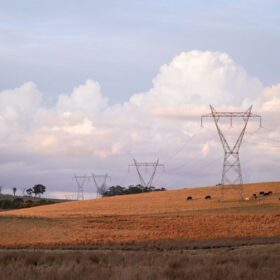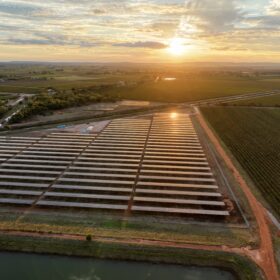As a growing number of consumers contemplate installing a battery, many consumers have been waiting for the infection point at which a battery system will save them enough money to pay itself off within its warranty period. Factoring in current installation cost, retail price, feed-in tariff and generous government subsidies, a new research from the University of South Australia finds that point may have arrived for SA residents – under certain conditions.
According to Vanika Sharma, a PhD candidate at UniSA’s School of Engineering, an optimally sized battery can now be economically beneficial in South Australia. “The crucial thing is to ensure you are getting the right size battery, and getting it at the right price,” she says, “but if you are, then you can now have a battery that will pay itself off in the warranty period, which is the main concern for most people.”
While she warns there are still many cases where batteries are not yet cost-effective, Sharma has developed a calculation method to determine whether an optimally sized battery will pay itself off based on a range of factors, allowing consumers to adjust their initial investment against projected savings.
In her paper recently published in the journal Renewable Energy, the optimal battery size is determined through solving an optimization problem which is formulated using hourly load and PV generation data for a South Australian home, battery annual payment rate, retail price, and FiT.
“Right now, in South Australia, the breakeven cost for installing a battery using this method is around $400 per kilowatt hour of battery capacity, and with the current subsidies of $500 per kilowatt hour, and retail prices on some batteries lower than $900 per kilowatt hour, you can have a cost-effective system,” Sharma said.
On the back of a growing number of home battery schemes being integrated into state and territory energy policies, Australia is tipped to lead the world in residential battery uptake this year with demand set to triple to over 70,000 systems.
The nation’s biggest battery subsidy program was launched in South Australia last year. The state government’s landmark $100 million Home Battery Scheme will support the installation of home energy storage systems for up to 40,000 households with subsidies varying according to the size of the battery, and capped at a maximum $6,000.
Sharma and her co-researchers, Dr Mohammed Haque and Professor Mahfuz Aziz, are also investigating whether storage alternatives, such as shared ‘community’ batteries, may present further benefits in respect to both cost and system efficiency.
“The focus of the research is to minimise the waste of PV, and so we’re also looking at whether it is more effective to have batteries on every home, or a central battery that could accommodate more PV, which would then also save distribution costs for providers,” Sharma says.
This content is protected by copyright and may not be reused. If you want to cooperate with us and would like to reuse some of our content, please contact: editors@pv-magazine.com.








By submitting this form you agree to pv magazine using your data for the purposes of publishing your comment.
Your personal data will only be disclosed or otherwise transmitted to third parties for the purposes of spam filtering or if this is necessary for technical maintenance of the website. Any other transfer to third parties will not take place unless this is justified on the basis of applicable data protection regulations or if pv magazine is legally obliged to do so.
You may revoke this consent at any time with effect for the future, in which case your personal data will be deleted immediately. Otherwise, your data will be deleted if pv magazine has processed your request or the purpose of data storage is fulfilled.
Further information on data privacy can be found in our Data Protection Policy.